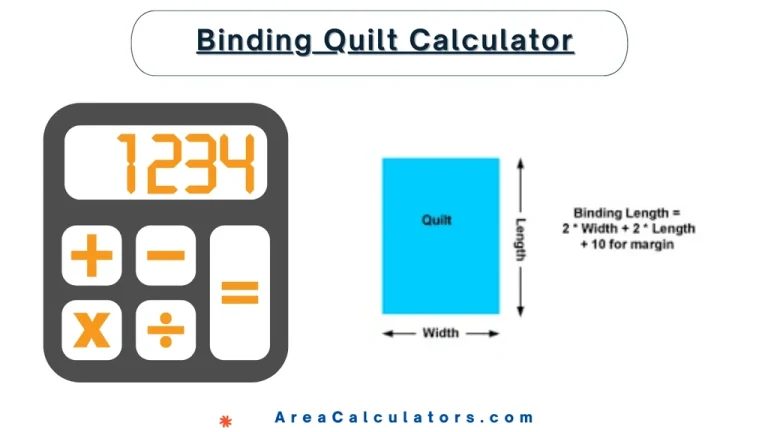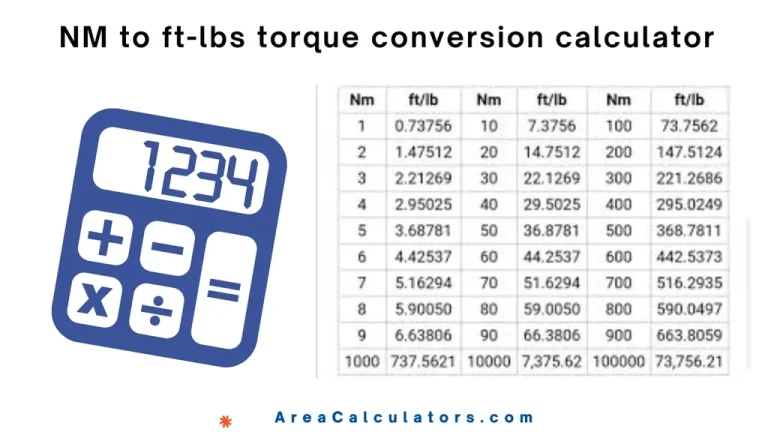QPA (Quality Point Average) Calculator
To calculate Quality Point Average (QPA), divide the total quality points earned by the total credit hours attempted.
The QPA (Quality Point Average) Calculator is an incredibly helpful tool for students. It supports them to assess their academic performance based on the grades they’ve achieved and the credit hours associated with each course.
In addition to that, it helps you understand your overall academic standing and compare it with GPA (Grade Point Average). Whether for school, university, or job applications, calculating your QPA accurately is essential for academic planning and goal setting.
Formula
| Variable | Description |
|---|---|
| QPA | Quality Point Average |
| QP | Total Quality Points earned (grade points ∗ credit hours) |
| CH | Total Credit Hours attempted |
Solved Calculations
Example 1:
Calculate the QPA for a student who earned 45 quality points across 15 credit hours.
| Step | Calculation | Result |
|---|---|---|
| Total Quality Points () | 45 | |
| Total Credit Hours () | 15 | |
| Apply Formula | Q | 3.0 |
Example 2:
What is the QPA for a student with 32 quality points over 10 credit hours?
| Step | Calculation | Result |
|---|---|---|
| Total Quality Points () | 32 | |
| Total Credit Hours () | 10 | |
| Apply Formula | 3.2 |
What is the QPA (Quality Point Average) Calculator?
The QPA (Quality Point Average) Calculator is an academic tool. It is singularly designed to calculate the quality point average based on the grades earned and their respective credit hours. It helps students and academic institutions evaluate academic performance by factoring in the weight of each course. QPA is similar to GPA but emphasizes quality points, providing a more nuanced view of academic achievements.
This calculator answers questions like “How do you calculate quality point average?” and “What is the difference between QPA and GPA?” It uses a simple formula where the sum of quality points is divided by the total credit hours.
This tool is particularly beneficial for students, advisors, and universities to track academic progress and make informed decisions about academic standings or future goals.
Final Words:
In conclusion, the QPA Calculator is a precise and user-friendly resource for computing academic performance. By providing accurate results, it ensures students and educators have clear insights into quality point averages, supporting academic planning and evaluation.



